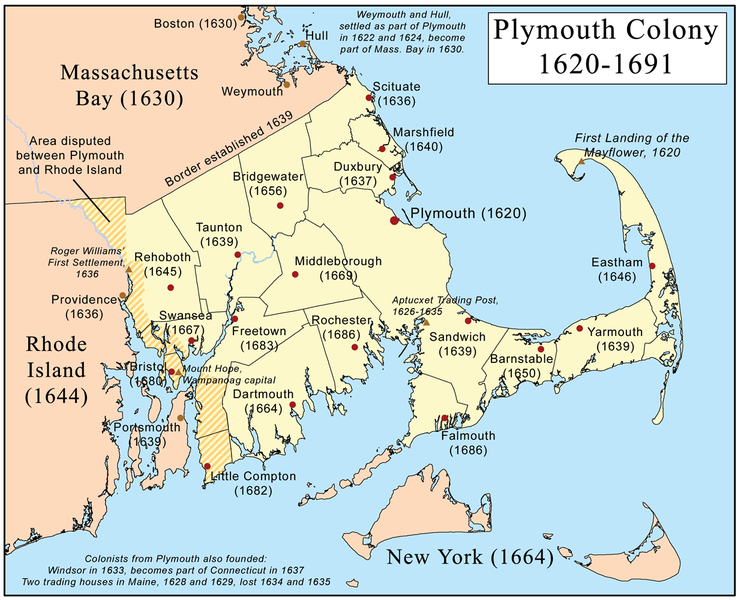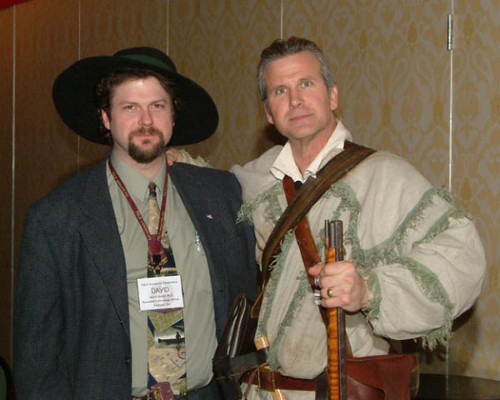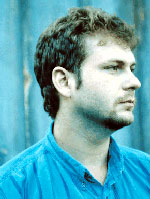Some late night discussion with @GeoBabbler (Bill Dollins) and others last night led to this little flight of fancy... Bill was wondering if there were still any old copies of ArcView 1.0 around. Being a GIS geezer and a bit of a technology packrat, it turns out I still had a copy. Scary. As @FantomPlanet suggested, I reckon I have a bit of a Museum of GIS Antiquity going on - I believe I actually still have ancient copies of MapInfo, Atlas, GeoMedia, AutoCAD Map 1.0 and others floating around, plus quite a bit of hand-coded stuff from the days when COTS GIS was not even widely available.

 Above: Supplied "neweng.av" Tutorial data with choropleth mapping of New England...
Above: Supplied "neweng.av" Tutorial data with choropleth mapping of New England...
 Above: "maplewd.av" Tutorial data...
Above: "maplewd.av" Tutorial data... Supported data types: Arc/Info coverages, workspaces images (note .bil image supplied as part of the AV1.0 tutorial data), address coverage... Note also that shapefiles are NOT supported.
Supported data types: Arc/Info coverages, workspaces images (note .bil image supplied as part of the AV1.0 tutorial data), address coverage... Note also that shapefiles are NOT supported.
An interesting look at the past. A capable GIS viewing and querying tool, though no editing capability was supplied with 1.0. So... Why would one want to load up ArcView 1.0? You probably don't - probably best to live vicariously through my little adventure here. But... if you ever do, VirtualBox provides some dicey support for it (I did still get the divide By zero error initially, but eventually it started working) - and, you can actually still download a copy of 1.0 here: ftp://download1.geocomm.com/sd2/ARCVIEW10.ZIP and if you still have a copy of MS-DOS and Windows 3.1, you should be good to go.



 The New York Post has an article today, titled "
The New York Post has an article today, titled "























